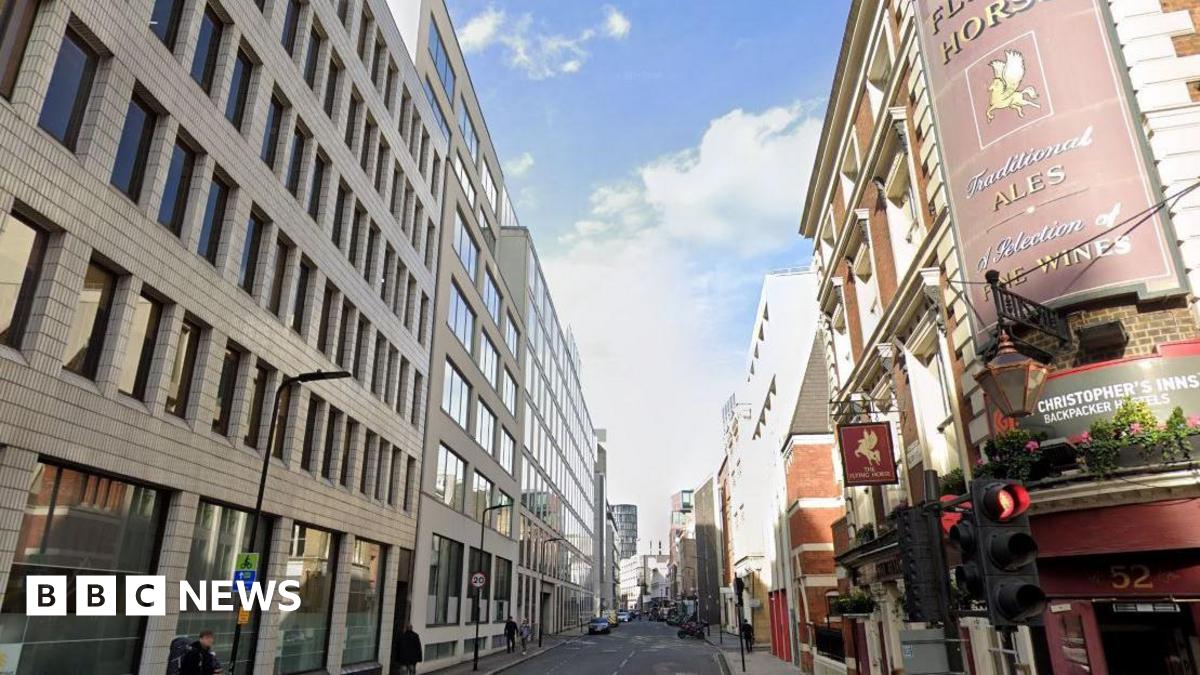The particles, called particulate matter (PM), are non-gaseous substances in the air, some of which are small enough to enter the human body and have been linked to respiratory and cardiovascular diseases.
It is estimated around half of UK concentrations of PM come from human-made domestic sources such as wood burning, construction and tyre and brake wear from vehicles.
Researchers conducted a walking survey in London and found the highest pollution spikes in narrow corridors like Wilson Street (14m wide) and Eldon Street (13m).
Amin Al-Habaibeh, professor of intelligent engineering systems, who oversaw the study, said: “London’s iconic streets may be beautiful, but invisible smog traps which prevent pollution from dispersing may be silently harming public health.
“Our findings show a clear link between narrow roads, tall buildings, and air quality spikes — especially for pedestrians and cyclists, who are the most exposed.”
The study emphasised the issue was not limited to London, pointing to a 2025 report by Friends of the Earth which found 95% of neighbourhoods in England and Wales had harmful air pollution levels.
It said while PM levels had been falling, measures like the Ultra Low Emission Zone (ULEZ) and the Congestion Charge Zone needed to be backed with further action.
“There’s a temptation to think of ULEZ and electric vehicles as silver bullets,” said PhD researcher Nikhil Ravindra.
“But our data shows that volume of traffic, road layout, building height, and wind direction all play a role in air quality. A greener and smarter approach is urgently needed.
“The value of artificial intelligence also has a part to play in managing electric vehicle charging and traffic flow, as AI-enabled systems could reduce carbon emissions by up to 40 per cent annually per vehicle.”
